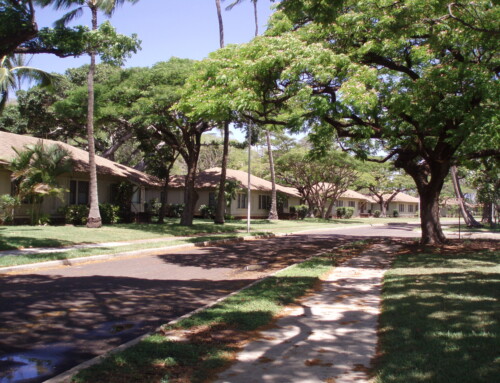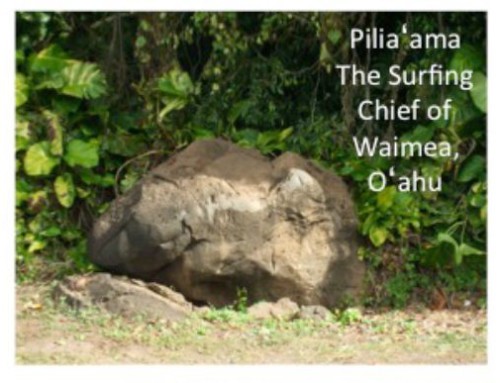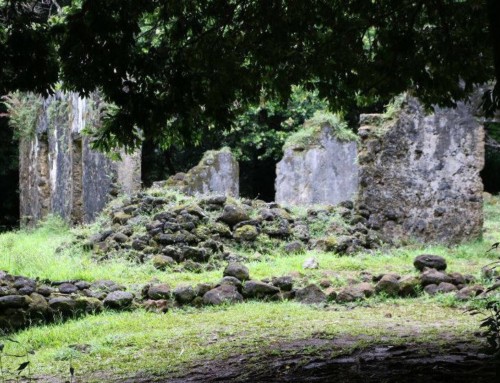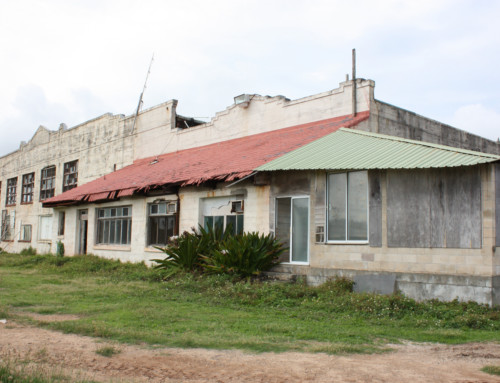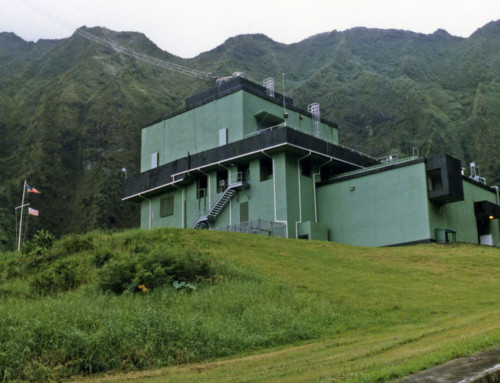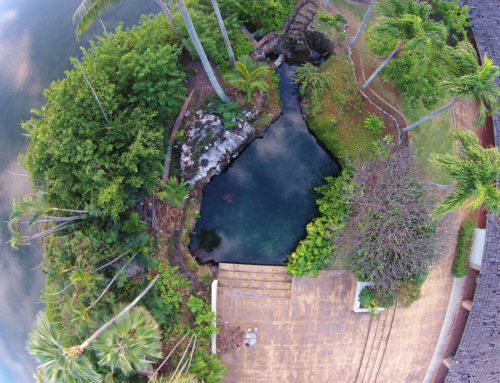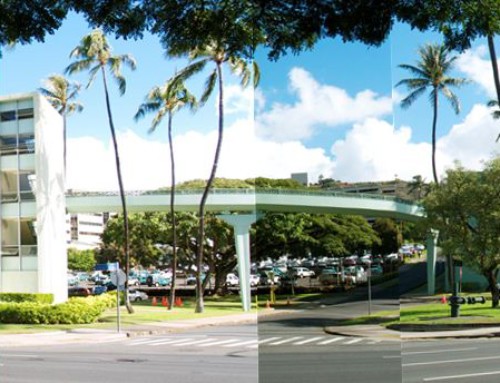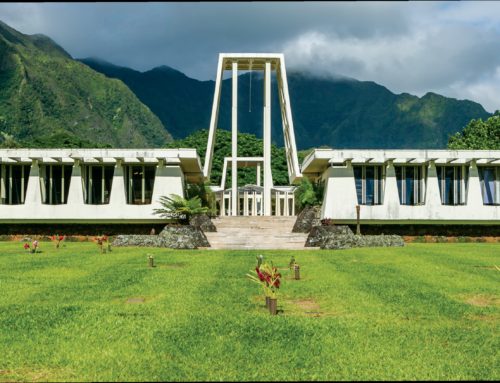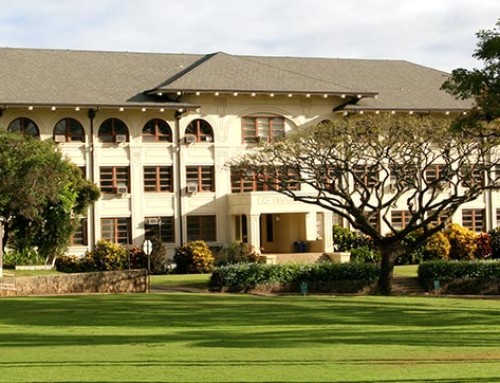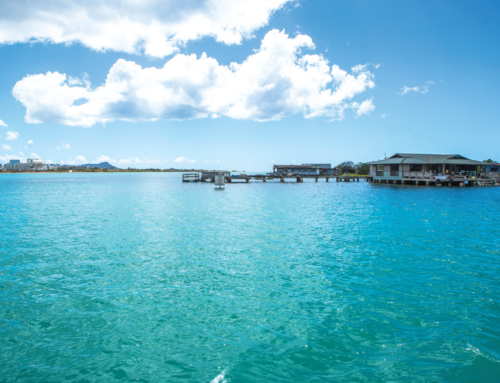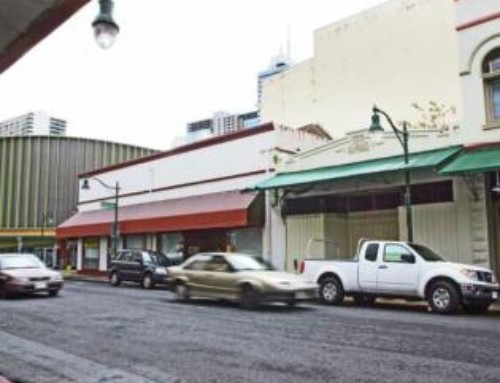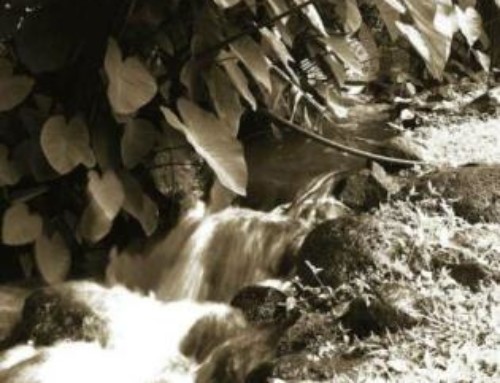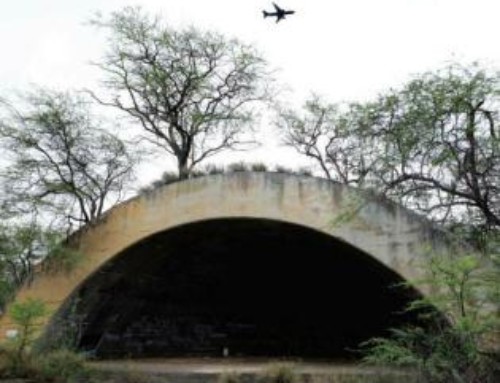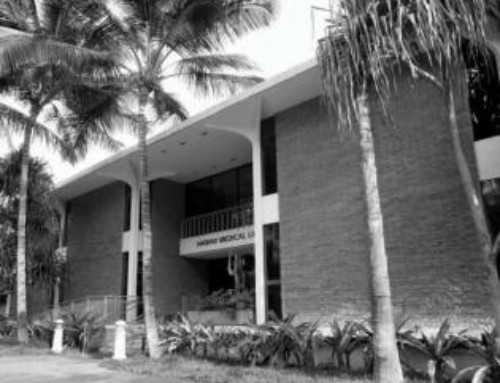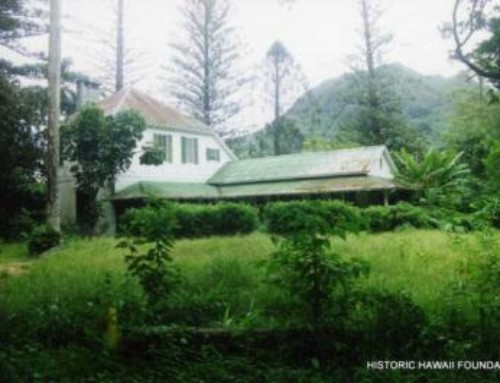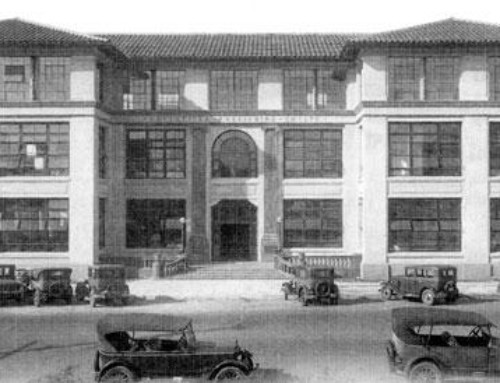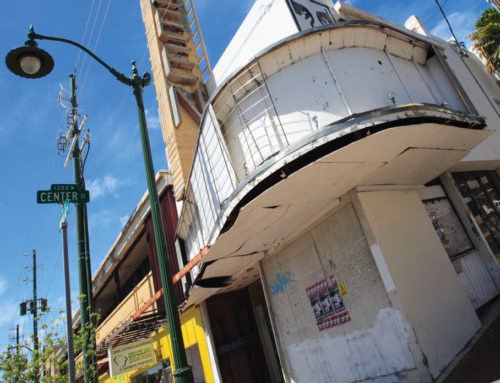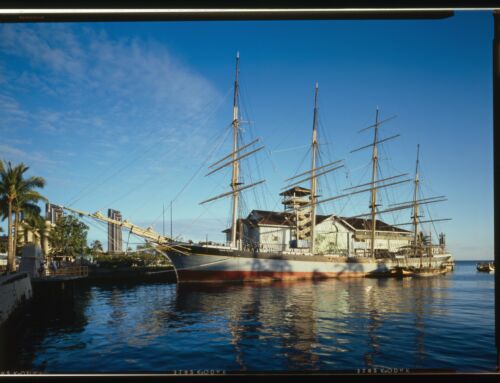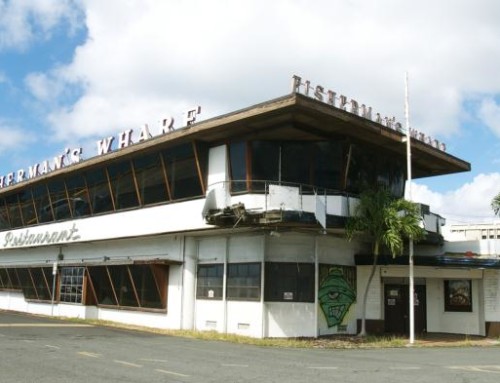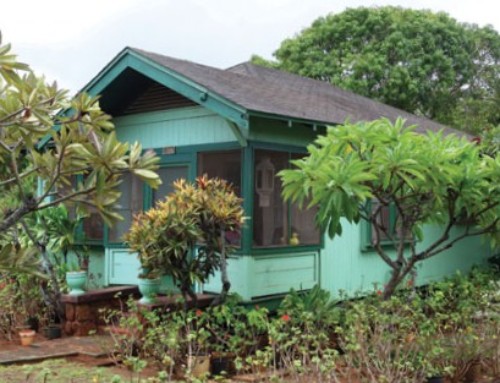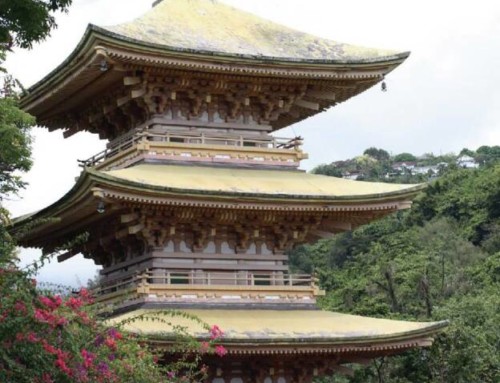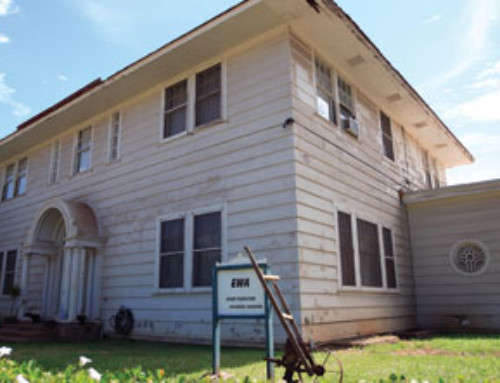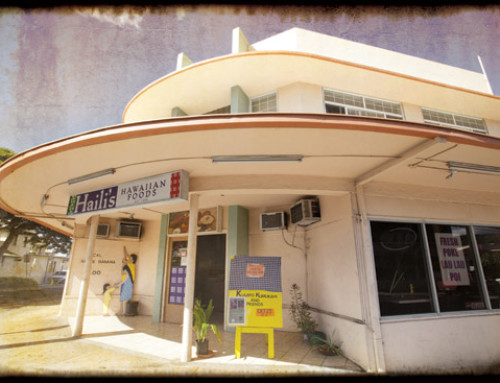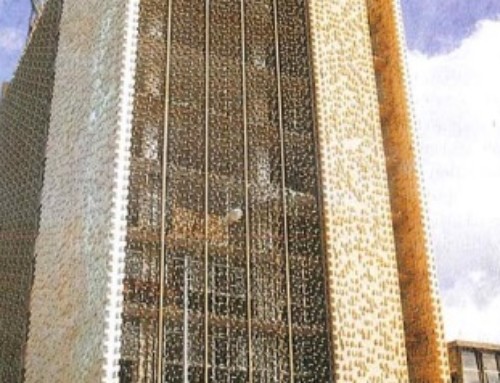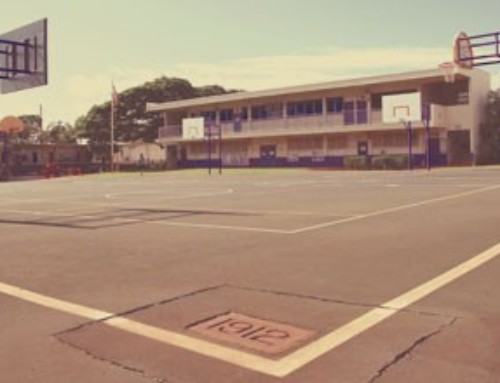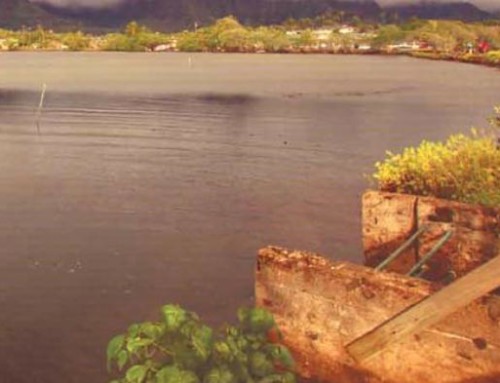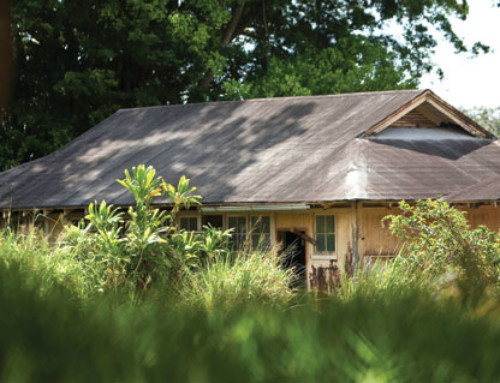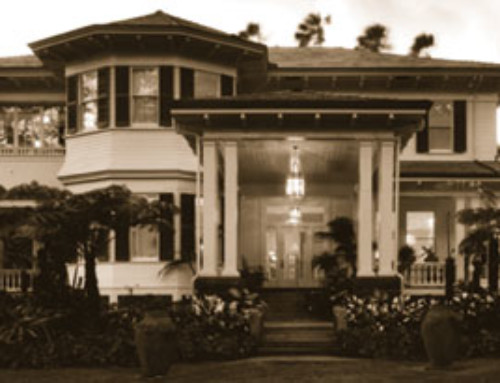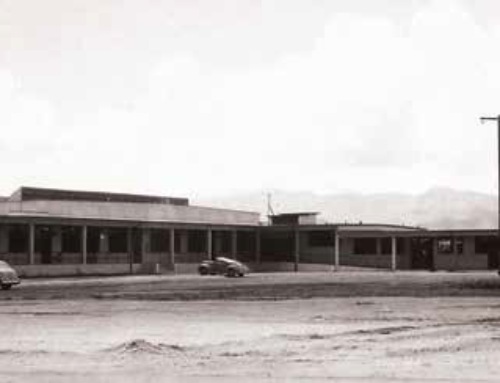Photos: Courtesy of Olivier Koning
Article Written By: Victoria Wiseman, HONOLULU Magazine
What is it?
The ‘Ewa Sugar Plantation, which appears on the National Register of Historic Places, is one of the most intact neighborhoods from the plantation era. The historic sites, including its cemetery, are still part of a thriving community. The cemetery was the final resting place of immigrants and some plantation managers. Markers include both wooden crosses and headstones made of lava rocks. Some have Japanese inscriptions; the oldest legibly dated markers are from 1902.
What threatens it?
As the sugar industry collapsed, the O‘ahu Sugar Co. sold the plantation to the City & County of Honolulu in the mid-1990s. Although the city and the community have worked to rehabilitate and restore parts of the plantation, some areas-such as the cemetery-have been neglected. Markers have moved, a fire has burned some of the wooden crosses and kiawe and weeds grow aggressively. “Gravestones are just sitting there, toppled over,” says Mitchell Tynanes, an ‘Ewa Beach Community Board member.
What can be done?
It looks like only community pride can save the cemetery: According to the Department of Facility Maintenance, there are no plans for improvements or any construction there. Ross Sasamura, chief engineer for the department, says budgetary challenges are to blame. “The city hasn’t gone in, and we cannot wait,” says Tynanes, who coordinates cleanup efforts through the Lion’s Club. Monthly cleanups are sparsely attended, but a dedicated handful of community members go regularly to clean up and create an updated map of markers, which have shifted over time.
A Friends of ‘Ewa Cemetery fundraising site, set up by the community, gives the proceeds to the Lion’s Club, and community cleanups are organized and posted through the neighborhood board. To donate, visit gofundme.com/394jtw. To participate in cleanup efforts through the ‘Ewa Beach Neighborhood Board, visit honolulu.gov/nco/nb23.




